How Are Hair Treatments Priced Differently at a Hair Academy?
If you’ve ever compared salon prices, you’ve probably noticed that hair academy salons often charge significantly less than regular or high-end salons. This price difference sometimes makes people wonder whether the lower cost means lower quality — but the truth is, it doesn’t. Hair academy salons offer a unique blend of professional-grade services and affordability, all while maintaining high standards of care and precision.
At Hair Art Academy, every service — from color treatments and deep conditioning to precision haircuts and styling — is designed to give clients great results at a fraction of the typical salon price. The key difference lies not in the quality of the products or techniques, but in how the pricing structure works. Understanding this can help you make informed choices about your next salon visit while supporting the education of future stylists.
Let’s explore how pricing is determined at hair academies and why it offers such great value.
1. Services Are Performed by Students in Training
The biggest reason for lower pricing is that the services are performed by student stylists under instructor supervision.
Hands-on learning: Students perform services as part of their practical training, giving them valuable real-world experience.
Expert supervision: Licensed professionals monitor every step, ensuring accuracy, safety, and customer satisfaction.
Educational pricing: Since clients are contributing to a learning environment, services are offered at a reduced rate as a thank-you for their participation.
This model allows clients to enjoy professional-quality treatments while helping future stylists gain confidence and skill in their craft.
2. Same Products, Lower Cost
Many clients are surprised to learn that hair academy salons use the same premium products found in professional salons.
Professional-grade brands: Hair academies partner with trusted industry suppliers for color, styling, and treatment products.
Manufacturer discounts: Because academies order in bulk for student training, they often receive product discounts that reduce overall service costs.
No hidden markups: Traditional salons include markup on products and stylist commissions; academies skip these, keeping prices affordable.
In short, you receive salon-quality results without the price inflation.
3. Focus on Learning, Not Profit
Regular salons price their services to cover rent, stylist wages, marketing, and profit margins. Hair academies, on the other hand, operate primarily as educational institutions.
Training over revenue: The goal is to provide students with experience, not maximize profit.
Minimal overhead costs: Since instructors are salaried educators, there are no stylist commissions or service targets driving up prices.
Community benefit: Many academies intentionally keep prices accessible to attract a variety of clients for student learning opportunities.
This approach allows clients to receive full treatments — such as hair coloring, keratin smoothing, or scalp care — for significantly less than a standard salon would charge.
4. Time Investment vs. Price
Another factor in pricing is time. Because students are still refining their skills, services may take longer than in a fast-paced salon.
More attention to detail: Student stylists work carefully, ensuring precision and following every step of professional protocol.
Instructor check-ins: Services take extra time due to multiple reviews and approvals during each stage.
Lower pricing as a balance: The reduced rates compensate for the additional time clients spend during their visit.
Many clients find this to be a fair trade — receiving meticulous service and professional-quality results for a fraction of the price.
5. Flexible Pricing for Different Levels of Training
At hair academies like Hair Art Academy, pricing can also depend on the student’s level of experience.
Junior students: Offer the lowest prices while learning foundational techniques like cuts, trims, and basic color work.
Advanced students: Handle complex treatments such as balayage, creative coloring, or chemical services at moderate rates.
Graduate stylists: Nearing completion, they offer salon-level expertise while maintaining accessible pricing.
This tiered system allows clients to choose between affordability and speed, depending on their comfort and needs.
Conclusion
Hair academy salons aren’t “cheap alternatives” — they’re professional environments where future stylists practice their craft under expert supervision, using the same high-quality products and techniques as top salons. The lower pricing simply reflects the educational nature of the services, not a compromise in care or quality. Clients benefit from exceptional value, detailed attention, and the satisfaction of supporting the next generation of hairstylists.
If you’re ready to experience affordable, high-quality hair care while helping aspiring professionals grow, book your next appointment or enroll in our training programs at Hair Art Academy. Discover the art of hair — where passion, skill, and education come together beautifully.
Jumpstart your career
Whether you’re dreaming of running your own salon, mastering the latest trends, or building a loyal clientele, it all starts with the right education. Don’t wait to turn your passion for hairstyling into a successful career.
Join Hair Art Academy today and take the first step toward a future filled with creativity, growth, and endless possibilities!


